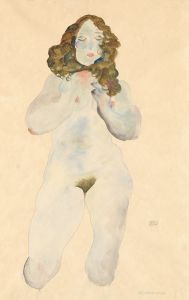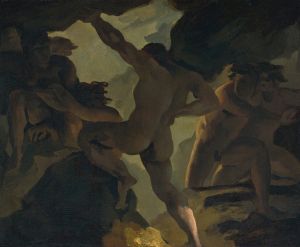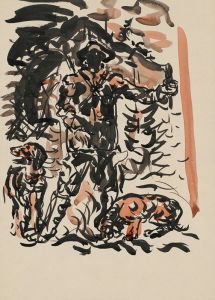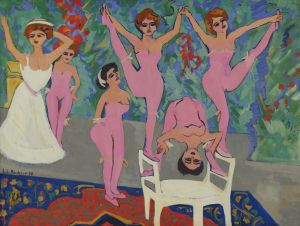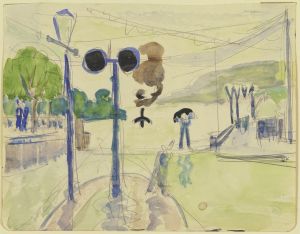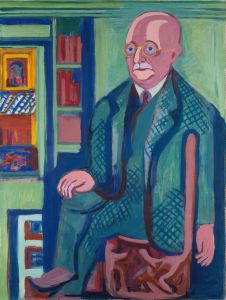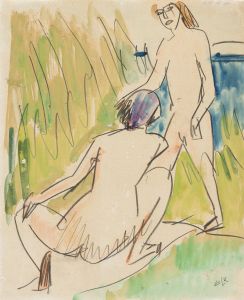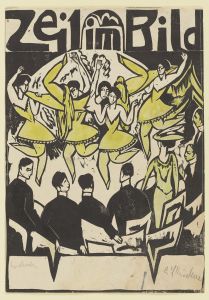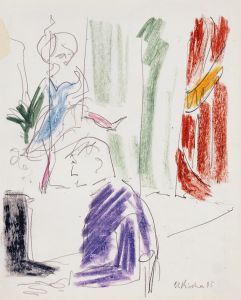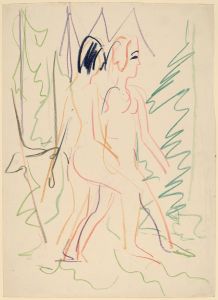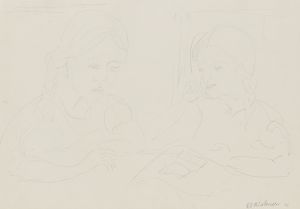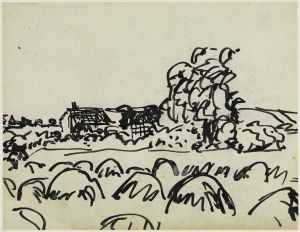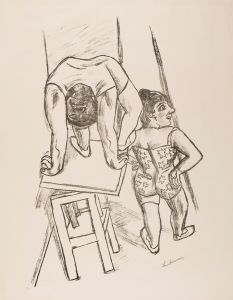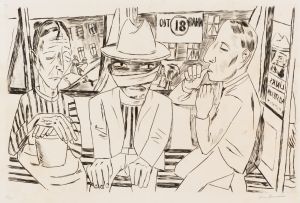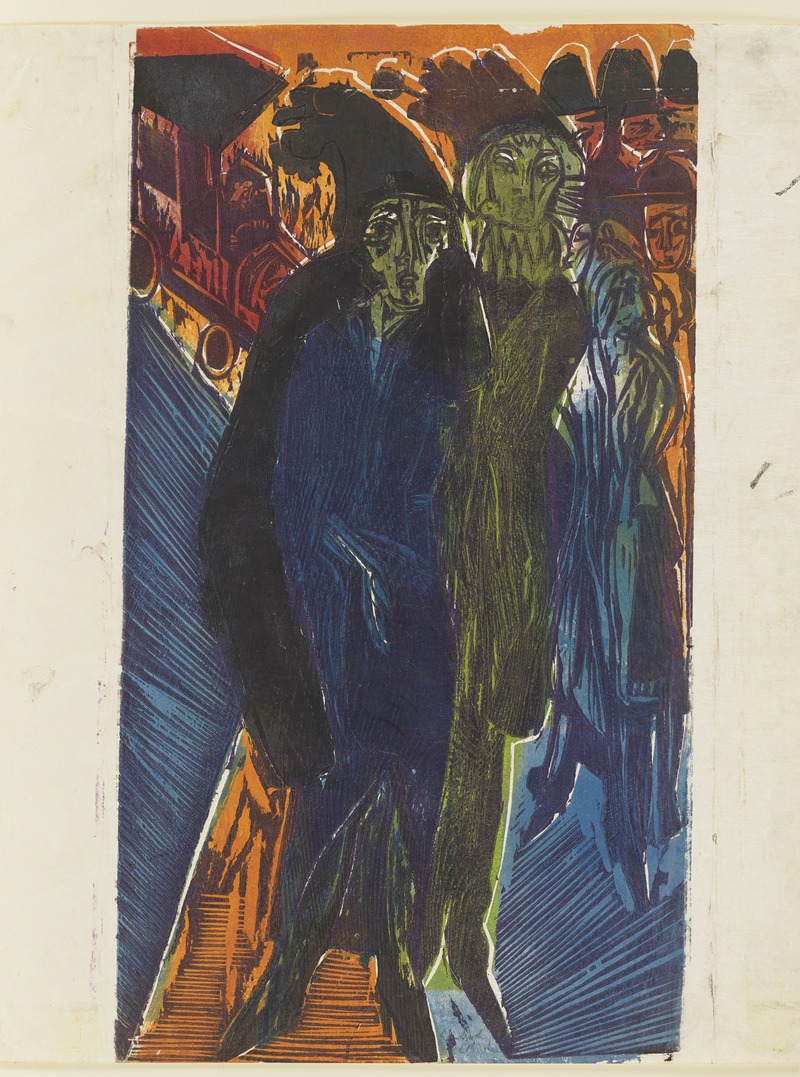
Straßenszene
A hand-painted replica of Ernst Ludwig Kirchner’s masterpiece Straßenszene, meticulously crafted by professional artists to capture the true essence of the original. Each piece is created with museum-quality canvas and rare mineral pigments, carefully painted by experienced artists with delicate brushstrokes and rich, layered colors to perfectly recreate the texture of the original artwork. Unlike machine-printed reproductions, this hand-painted version brings the painting to life, infused with the artist’s emotions and skill in every stroke. Whether for personal collection or home decoration, it instantly elevates the artistic atmosphere of any space.
"Straßenszene" (Street Scene) is a painting by the German Expressionist artist Ernst Ludwig Kirchner, created in 1913. Kirchner was a founding member of the art movement Die Brücke (The Bridge), which sought to break away from traditional academic art and explore new forms of expression. The painting is one of Kirchner's most notable works and is part of a series of street scenes he created during this period, reflecting his fascination with urban life and modernity.
The artwork depicts a bustling Berlin street, characterized by its dynamic composition and vibrant colors. Two elegantly dressed women, often interpreted as prostitutes, dominate the foreground, walking confidently through the crowd. Surrounding them are male figures, some of whom appear to be observing or interacting with the women. The figures are elongated and angular, a hallmark of Kirchner's style, which emphasizes emotional intensity over realistic representation. The scene captures the energy and tension of urban life in pre-World War I Berlin, a city undergoing rapid industrialization and social change.
Kirchner's use of bold, non-naturalistic colors and distorted forms reflects the influence of both Post-Impressionism and the Fauvist movement, as well as his own unique approach to Expressionism. The painting conveys a sense of movement and psychological complexity, with the figures appearing both connected and isolated within the crowded urban environment. The sharp lines and dramatic contrasts in the composition further enhance the sense of unease and alienation, themes that were central to Kirchner's work during this time.
"Straßenszene" is also significant for its exploration of gender and social dynamics. The depiction of women as central figures in the urban landscape challenges traditional representations of femininity, while also highlighting the complexities of their roles in modern society. The painting's ambiguous portrayal of the interactions between men and women invites multiple interpretations, reflecting the shifting social norms of the era.
This work is part of a broader series of street scenes that Kirchner painted between 1913 and 1915. These paintings are considered some of his most important contributions to modern art and are celebrated for their innovative style and emotional depth. Today, "Straßenszene" is held in high regard as a masterpiece of German Expressionism and a vivid portrayal of early 20th-century urban life.





